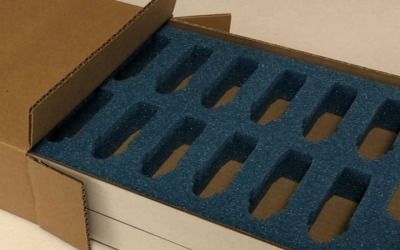If a patient is diagnosed with an illness that cannot be cured, hospice intervention makes an end-of-life transition easier – not only for the patient, but for their family members as well. This type of palliative care is known as hospice care. The term “hospice” originates from medieval times. During the period, a hospice was a venue for ill or weary travelers engaged on a lengthy journey.
When Hospice Care Was Introduced in the Medical Field
The name “hospice” was first applied in the medical field by Dame Cicely Saunders, a physician who began working with terminally ill people in 1948. She established St. Christopher’s Hospice, the first hospice in modern times.
The idea of hospice care was introduced in the US by Saunders in 1963 at Yale University. In turn, a chain of events followed that led to today’s use of hospice and home medical service care for the dying. As a patient’s symptoms progress, hospice staff intervenes with services that keep the patient as comfortable as possible. This type of care is outlined in a specialized plan of therapy.
What Happens When More Intense Care Is Needed
In some situations, a patient who is under home medical service hospice care needs more intense assistance, and therefore requires another place to stay during his or her last phase of life. In these instances, a hospice program may make arrangements for the patient to be moved to a freestanding hospice site or an inpatient residential care facility.
Hospice personnel are specifically trained in certain therapies and therefore know how to make a patient feel less anxious and more comfortable as his or her illness progresses. Often, a physician shares a number of treatment options when a life-limiting illness is diagnosed. By listening to family caregivers and the patient, he or she can assist the patient in making a decision that best suits his or her needs. In some instances home care is preferred, while other situations lead to care in a hospice facility.
You can find out more about hospice services by visiting the Sacred Journey Hospice website . You can also follow them on Google+ for more updates.



